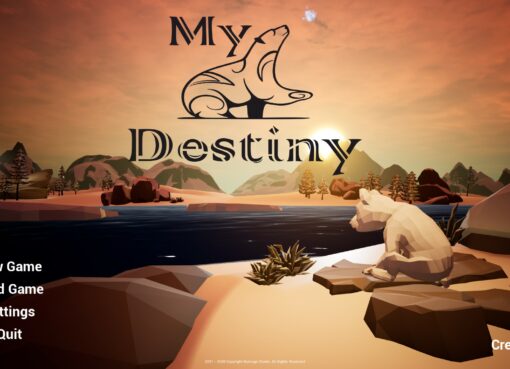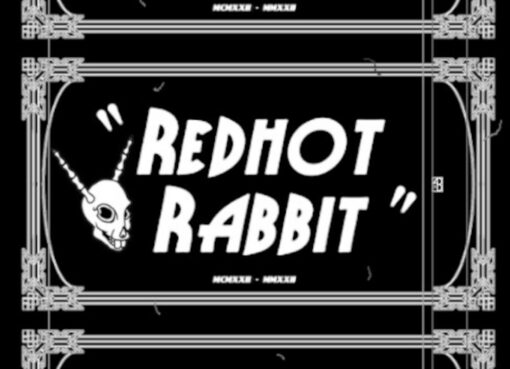Second Front is a turn-based tactical strategy game in a World War II setting. The game is played out on a hex-based map with squad sized units of men, vehicles, and equipment. Rather than a simple player’s turn, AI’s turn type of game; there are several phases that make up a turn, making it all quite complex. This complexity must be utilized in many situations or the result could be a quick end to the scenario. There are a variety of unit types and equipment, as well as leader units and hero units. Units may have skill levels from green to elite. A typical scenario will have a player either defending victory point(s) or capturing them. There is some variability in scoring and usually more than one correct way to win any given scenario.

The graphics in Second Front are low-poly, flat-shaded in style. The graphics are simple by today’s standards, but most players interested in this kind of unit level game are probably not overly concerned with the graphics. The user interface is something many players would be concerned with and Second Front’s UI is rather confusing. The ‘HUD’ is crammed into the upper right-hand corner of the screen, which is uncomfortable, as the player will be constantly craning their neck to watch it. Second Front support numerous options, but it left out a key option; that is remapping the controls. As a left-handed player, it is annoying to be forced to use WASD and nearby keys. Another missing option would be the ability to move the HUD location to the bottom-center of the screen (where it is in most games). All of the sound levels can be adjusted and mercifully, the music is turned down to a very low level by default. There is a high, medium, and low graphics setting, but it seems like this game does not really need it. Second Front has a series of tutorial scenarios that are virtually required to gain a basic understanding for how to play.

The game play is meticulous; Second Front is designed to be played in a slow and methodical manner. A turn consists of several discrete phases, beginning with a move and fire, fire, escape, advance, melee, and recovery. Some of these phases are automatic and some of them the player will strategically skip or avoid, depending on the situation. In any case, the length of time between phases is surprising. While it would seem that a small scenario with only 10 or 15 units on the board would make for a fast-playing game, the calculations in the background are either very intense or not well optimized because an automatic phase that does nothing at all may take several seconds to finish. One flaw with the turn phases is that there isn’t any audible indicator that a new phase is ready for the player, so the player has to watch the HUD and take notice.

Many may wonder if the game is realistic or based on random number generation (i.e., luck). It appears that it is a bit of both. In one scenario, 10 units of infantry surrounded a small building with 2 enemy units in it. Realistically, a 5 on 1 scenario is doom for the units in the building, however, it may not be so easy; those 2 units can weather a storm of bullets before breaking, if the RNG gods favor them. Units in an open field being fired upon from elevated position with clear line of sight may take no damage, even if fired at from multiple angles. In this regard, the realism is missing as units under that kind of intense fire would be unable to do much of anything. However, the relative firepower between infantry weapons, heavy equipment, vehicles, and tanks is modeled pretty well.

Second Front has leader units that have an effect on recovering from a morale break, and increase the chances for attacks to hit, however they seem to be limited to only the units that they are stacked with. There are mortars in the game, but they appear to only work via direct fire, something that was and is today an extremely rare occurrence on the battlefield. There is no indirect fire capability. The game comes with a scenario and campaign editor; the variety of terrain, obstacles, and buildings allows for a virtually unlimited amount of player created content. Second Front misses the target in a few key areas, but overall, it is a worthy squad level fire and maneuver tactical turn-based game and does not seem to have any major bugs or crashes. Second Front isn’t likely to be a blockbuster seller, but for gamers that love WWII based strategy games, it’s definitely worth purchasing.
Purchase Second Front on Steam!
Jacmac is an ancient gamer that loves open world, strategy, FPS, and tactical sims, but will play almost anything.






Comment here